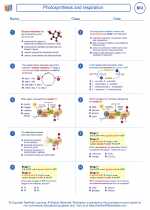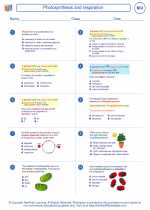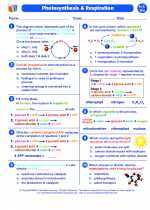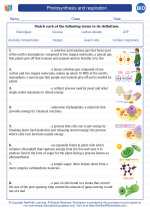Biological Classification System
The biological classification system, also known as the system of taxonomy, is a way of organizing and categorizing living organisms based on their shared characteristics and evolutionary relationships. It helps scientists to understand the diversity of life on Earth and to study the relationships between different species.
Levels of Classification
The biological classification system consists of several hierarchical levels, each with its own unique characteristics. These levels, from most general to most specific, are:
- Domain: The highest level of classification, which separates organisms into three major groups: Bacteria, Archaea, and Eukarya.
- Kingdom: Each domain is further divided into kingdoms, such as Plantae, Animalia, Fungi, Protista, etc.
- Phylum: Each kingdom is divided into phyla based on shared characteristics.
- Class: Each phylum is divided into classes based on similar characteristics.
- Order: Each class is divided into orders based on similarities and differences.
- Family: Each order is divided into families based on shared characteristics.
- Genus: Each family is divided into genera, which are groups of closely related species.
- Species: The most specific level of classification, denoting a group of organisms that can interbreed and produce fertile offspring.
Binomial Nomenclature
Each species is given a unique two-part scientific name using a system called binomial nomenclature, developed by the biologist Carl Linnaeus. The first part of the name is the genus, and the second part is the species. For example, humans are classified as Homo sapiens, where Homo is the genus and sapiens is the species.
Study Guide
To better understand the biological classification system, here are some key points to focus on:
- Learn the eight levels of classification in order, and understand the characteristics used to differentiate between them.
- Understand the concept of binomial nomenclature and be able to write and interpret scientific names of organisms.
- Study the major characteristics of each domain and kingdom, and be able to classify common organisms into their respective categories.
- Practice using dichotomous keys to identify and classify organisms based on their characteristics.
- Explore the evolutionary relationships between different species and understand the importance of phylogenetic trees in classification.
By mastering these concepts, you will have a strong understanding of the biological classification system and be able to categorize and analyze the diversity of life on Earth!
[Biological Classification System] Related Worksheets and Study Guides:
.◂Biology Worksheets and Study Guides High School. Photosynthesis and respiration

 Worksheet/Answer key
Worksheet/Answer key
 Worksheet/Answer key
Worksheet/Answer key
 Worksheet/Answer key
Worksheet/Answer key
 Vocabulary/Answer key
Vocabulary/Answer key
 Vocabulary/Answer key
Vocabulary/Answer key
